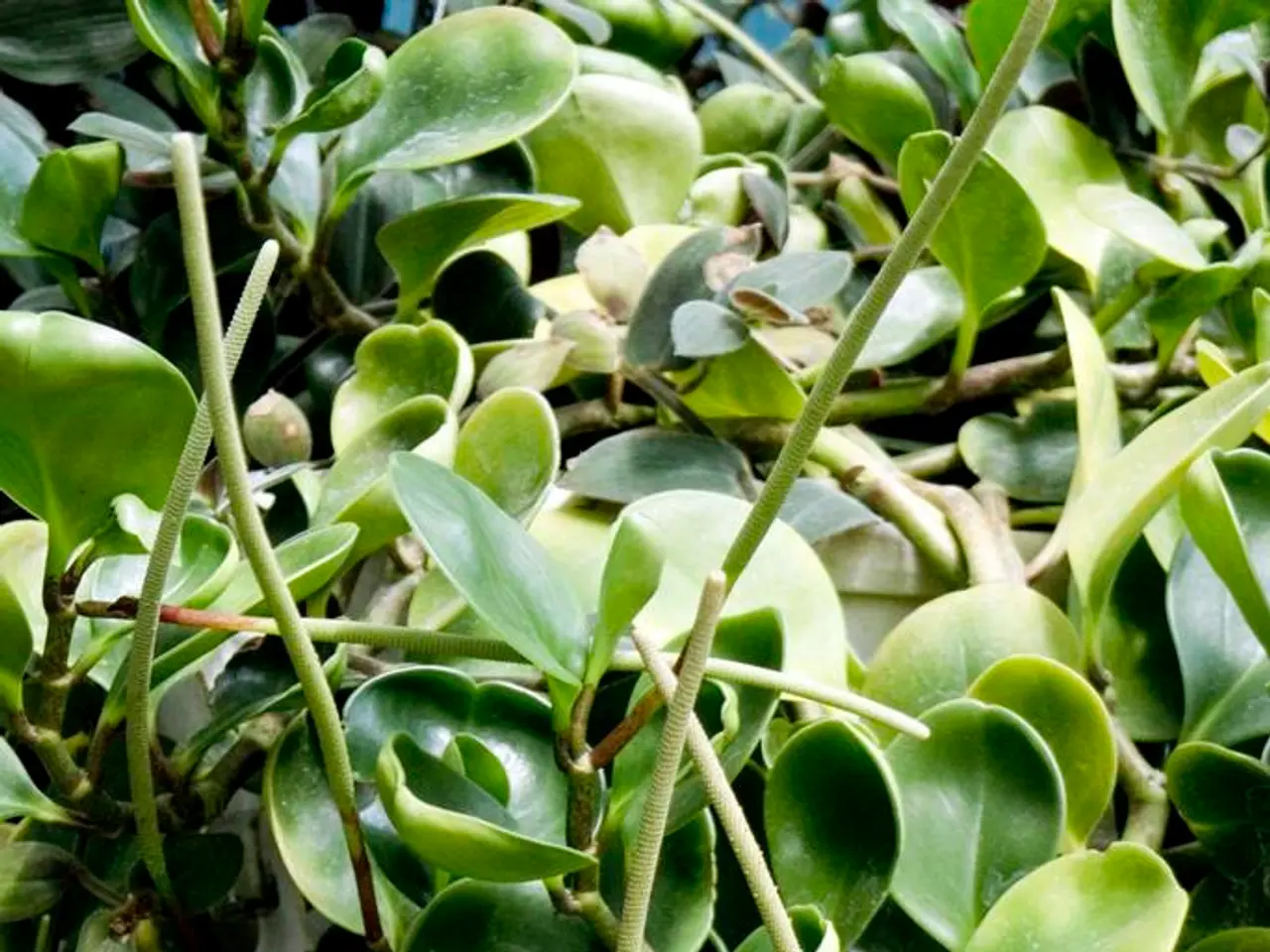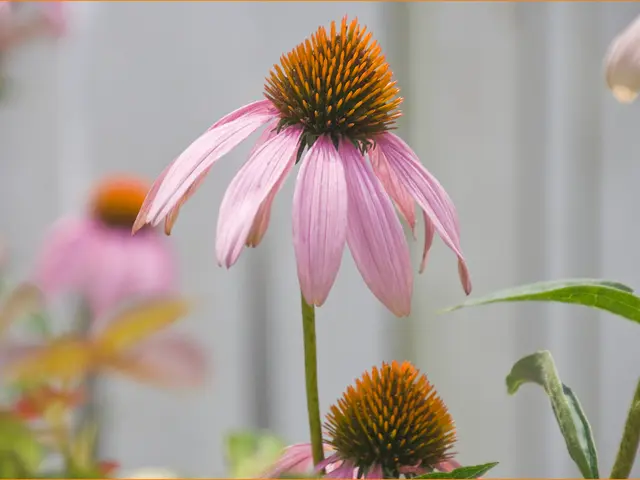Transitioning from Hydroponics to Soil Cultivation: Guidelines for Timing and Methods
Transitioning hydroponic plants to soil can be a rewarding process, but it requires careful planning and execution to minimize stress and root damage. Here's a simplified guide to help you make a smooth transition.
- Prepare the Soil Use a high-quality potting mix designed for good drainage and aeration. Add compost (around 20% of the mix) or perlite for improved aeration and moisture retention. Fill the pot with soil, gently firming it to eliminate large air pockets.
- Choose the Right Pot Select a pot slightly larger than the root ball of the plant, with drainage holes to prevent waterlogging.
- Clean the Roots Rinse the hydroponic roots thoroughly with lukewarm water to remove any residual hydroponic medium or salts without damaging the roots. Avoid leaving organic matter on roots to reduce the risk of root rot in soil.
- Handle Roots Carefully Minimize root damage by being gentle during the transfer process. Injured roots can stress the plant and slow adjustment.
- Gradual Acclimation If possible, harden off the plants by slowly exposing them to soil conditions and the outdoor environment if the soil is outdoors. This helps plants adjust from soilless to soil growing conditions.
- Transplant at the Right Time Transfer when plants have robust roots and at least two true leaves, indicating they are mature enough for transplant.
- Avoid Transplant Shock Keep the root ball intact as much as possible and avoid excessive disturbance. Plant at the same depth as in hydroponics for consistency.
- Water Thoroughly After planting, water the transplanted plant thoroughly without overwatering.
- Monitor Plants Closely Monitor plants closely for signs of pests, diseases, or transplant shock. Provide support for tall or top-heavy plants after transplanting.
- Reduce Sunlight Initially Reduce sunlight initially for the first few days after transplanting, then gradually expose the plants to more sunlight over several days (hardening off). Initially place plants in bright, indirect sunlight.
- Monitor Soil Moisture and pH Levels Keep the soil consistently moist, but avoid overwatering. Monitor soil moisture levels, checking the top inch daily. Also, monitor pH levels in the soil, aiming for a pH between 6.0 and 7.0.
- Gradually Reduce the Strength of the Nutrient Solution Gradually reduce the strength of the hydroponic nutrient solution a few days before transplanting.
- Hold off on Fertilizing Hold off on fertilizing for a few weeks after transplanting, then introduce a diluted, balanced fertilizer specific to the transplanted plants.
By following these best practices, you can successfully move hydroponic-grown plants into soil, allowing them to thrive in their new environment. Remember, specific detailed protocols may vary with the plant species and hydroponic system used. Happy gardening!
- Adapting to a new lifestyle and home-and-garden environment, hydroponic plants can be transitioned to soil for improved soil health and improved nutrient uptake, enhancing the gardening experience.
- To ensure a successful transition, employ the methods suggested here for making the switch from hydroponics to soil, keeping in mind that every home gardener's approach may have unique considerations based on the plants and hydroponic systems used.




